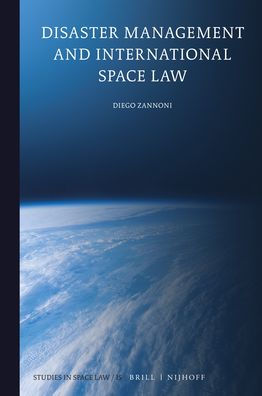5
1
9789004388352


Disaster Management and International Space Law available in Hardcover

Disaster Management and International Space Law
- ISBN-10:
- 9004388354
- ISBN-13:
- 9789004388352
- Pub. Date:
- 08/29/2019
- Publisher:
- Brill Nijhoff
- ISBN-10:
- 9004388354
- ISBN-13:
- 9789004388352
- Pub. Date:
- 08/29/2019
- Publisher:
- Brill Nijhoff
172.0
In Stock

Product Details
| ISBN-13: | 9789004388352 |
|---|---|
| Publisher: | Brill Nijhoff |
| Publication date: | 08/29/2019 |
| Series: | Studies in Space Law Series , #15 |
| Pages: | 268 |
| Product dimensions: | 6.10(w) x 9.25(h) x 0.00(d) |
About the Author
From the B&N Reads Blog
